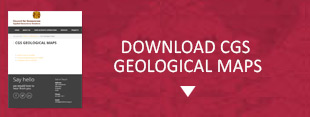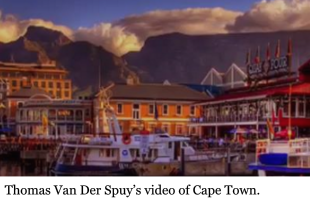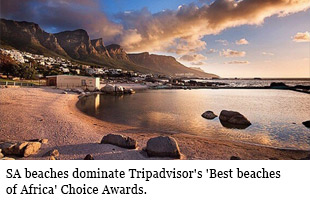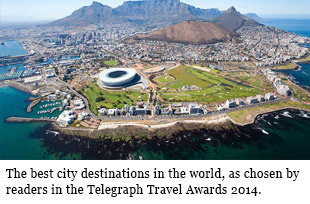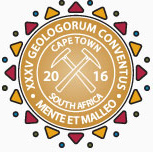
35TH INTERNATIONAL GEOLOGICAL CONGRESS
27 AUGUST - 4 SEPTEMBER 2016 | CAPE TOWN, SOUTH AFRICA
Sponsors
Keystone Sponsor
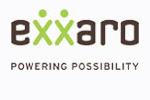

Diamond Sponsor


Gold Sponsor


Silver Sponsor



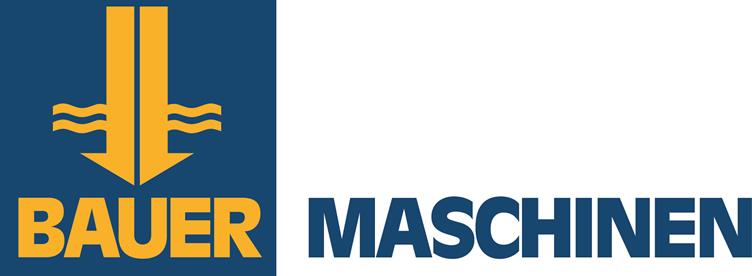




Business Centre Sponsor


Publication Sponsor




Social Function


Plenary Speaker Sponsor


Speaker Gift Sponsor


Post Graduate Fund


Registration


Welcome Drinks


Lunch Time Drinks


Publication &
35 IGC SAGPGF
35 IGC SAGPGF

35 IGC SAGPGF




MY IGC APP


Symposium Sponsor

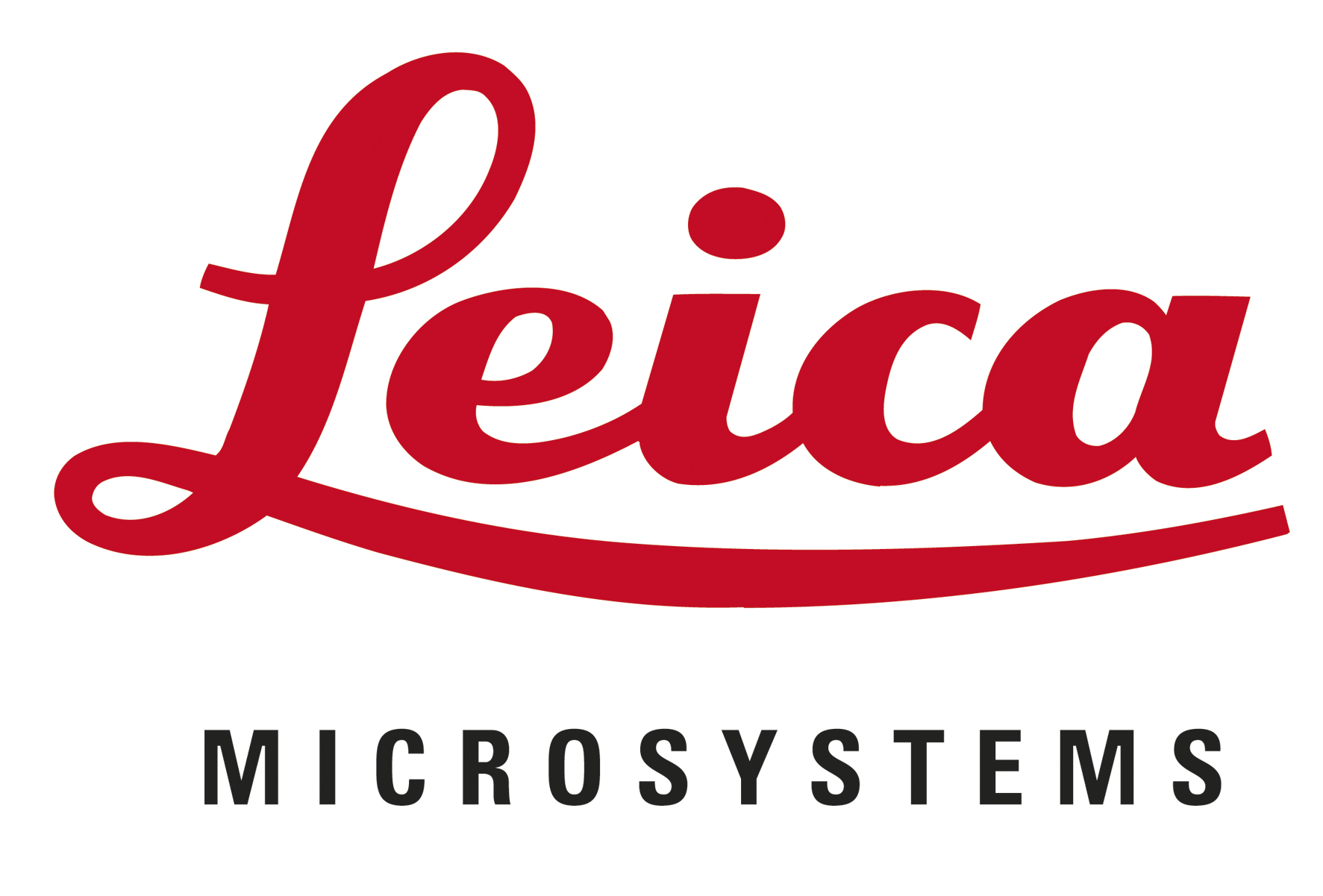


Audit Sponsor
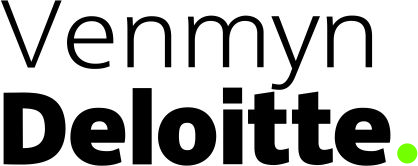

35TH INTERNATIONAL GEOLOGICAL CONGRESS
27 AUGUST - 4 SEPTEMBER 2016 | CAPE TOWN, SOUTH AFRICA
My IGC
Symposium Details
| Title | Description | Convenors |
|---|---|---|
| Crustal Evolution in the Indian Peninsula: Special Reference to Central Indian Craton | Indian peninsular shield consists of four main Archean cratons, Bundelkhand Craton in the north, Singhbhum craton in the east, Bastar craton in the center and Dharwar craton in the south. These cratons are surrounded by Proterozoic mobile belts viz. Eastern Ghat Mobile belt (EGMB), Delhi-Aravalli Mobile belt, Singhbhum mobile belt and Central Indian Tectonic Zone (CITZ) and Kotri-Dongargarh mobile belt (Radhakrishna, 1989, Bandyopadhyay et al., 1999; Yedekar, 1990; Roy and Prasad, 2003). The CITZ is an important, continental scale tectonic zone of Proterozoic age. It divides Indian continental shield into two tectono-magmatic provinces, the northern crustal province comprising Bundelkhand craton and the southern peninsular crustal province comprising Bastar, Dharwar and eastern Singhbhum craton, (Stein et al., 2004; Acharyya and Roy 2000). CITZ is over 1600 km long with width upto 200 km (Stein et al., 2004), and is bounded by lineaments called Son-Narmada North Fault (SNNF) in the north and Central Indian Suture (CIS) in the south. In between these extreme boundaries two more lineaments have been identified as Son-Narmada South fault (SNSF) and Gavilgarh-Tan Shear Zone (GTSZ), (Yedekar, 1990, 2000; Jain 1991). The presence of high grade (amphibolite) Sausar metasediments and granulites on the northern part of CIS and presence of low grade (greenschist) metasedimentary rocks and volcanics such as those of Sakoli, Nandgaon and Kotri-Dongargarh Groups in the south has been interpreted as an Island arc setting with the probable subduction from the north to south (Yedekar et al., 1990, 2003). | Talat Ahmad and Meraj Alam |
 Field trips
Field trips  Sponsorship & expo
Sponsorship & expo  Registration
Registration Tours
Tours  Promotion
Promotion 

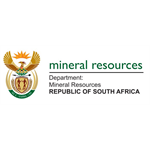












 Conference Programme
Conference Programme  Field trips
Field trips  Sponsorship & expo
Sponsorship & expo  Volunteer
Volunteer  GeoHost
GeoHost  Registration
Registration Tours
Tours  Promotion
Promotion  Publications
Publications


